Forums
- Forums
- Duggy's Reference Hangar
- IJAAF Library
- Japanese Commando raid on Yontan
Japanese Commando raid on Yontan
Post a reply
- Go to Previous topic
- Go to Next topic
- Go to Welcome
- Go to Introduce Yourself
- Go to General Discussion
- Go to Screenshots, Images and Videos
- Go to Off topic
- Go to Works in Progress
- Go to Skinning Tips / Tutorials
- Go to Skin Requests
- Go to IJAAF Library
- Go to Luftwaffe Library
- Go to RAF Library
- Go to USAAF / USN Library
- Go to Misc Library
- Go to The Ops Room
- Go to Made in Germany
- Go to Campaigns and Missions
- Go to Works in Progress
- Go to Juri's Air-Raid Shelter
- Go to Campaigns and Missions
- Go to Works in Progress
- Go to Skinpacks
- Go to External Projects Discussion
- Go to Books & Resources
-
13 years ago
 Main AdminWARNING SOME GRAPHIC MATERIAL !!
Main AdminWARNING SOME GRAPHIC MATERIAL !!
Text taken from "Okinawa: The Last Battle "
While the ground fighting was largely stalemated by rain, the air battle between the Americans on Okinawa and the enemy pilots from the Japanese home islands went on unceasingly. Despite their failure in April to destroy the invading American fleet, the Japanese air forces in May kept on unremittingly with their attacks. They were directed against two targets--the ships off shore and the airfields on Ie Shima and at Yontan and Kadena. During the latter half of May the Japanese air attacks on these targets reached a peak and included some of the severest strikes which the enemy delivered during the air fighting of the entire campaign. The American Tactical Air Force not only engaged in routine support of the ground forces--a support limited in effectiveness by the location of the enemy in deep underground positions--but also attempted to ward off the Japanese air attacks from the home islands. Thunderbolts and Corsairs of the Tactical Air Force made daily sweeps over the waters between Okinawa and southern Kyushu, intercepting enemy planes, and often continuing over Kyushu to bomb, rocket, and strafe targets there. From Guam, Saipan, and Tinian in the Marianas the strategic heavy bombing of the Japanese home islands went on concurrently without let-up.
Japanese air raids reached a peak during the latter part of May. On the 20th, thirty-five planes raided the American fleet; twenty-three were shot down. On 22 and 23 May, Japanese planes came over Okinawa again. Beginning on 24 May, the enemy stepped up the tempo of the attack on American units ashore and afloat. The evening of the 24th was perfect bombing weather with a clear sky and full moon. The air alerts started about 2000 and it was 2400 before an all-clear sounded. In that interval there were seven distinct air raids on Okinawa. In the first raid planes penetrated through to bomb Yontan and Kadena. The third, fourth, and sixth groups of raiders also succeeded in dropping bombs on the airfields.
The seventh group consisted of five low-flying two-engine bombers, called "Sallys," that came in about 2230 from the direction of Ie Shima. Antiaircraft batteries immediately engaged them, and four planes crashed in flames near Yontan airfield. The fifth came in and made a belly landing, wheels up, on the northeast-southwest runway of Yontan. At least eight heavily armed Japanese rushed out of the plane and began tossing grenades and incendiaries into American aircraft parked along the runway. They destroyed 2 Corsairs, 4 C-54 transports, and 1 Privateer. Twenty-six other planes--1 Liberator bomber, 3 Hellcats, and 22 Corsairs--were damaged.
In the wild confusion that followed the landing of the Japanese airborne troops, two Americans were killed and eighteen injured. At 2338, forces arrived at Yontan to bolster the air-ground service units and to be on hand if enemy airborne troops made subsequent attempts to land. In addition to the thirty-three planes destroyed and damaged, two 600-drum fuel dumps containing 70,000 gallons of gasoline were ignited and destroyed by the Japanese. When a final survey could be made, it was found that ten Japanese had been killed at Yontan; three others were found dead in the plane, evidently killed by antiaircraft fire. The other four "Sallys" each carried fourteen Japanese soldiers, all of whom died in the flaming wrecks. Sixty-nine bodies in all were counted. A Japanese soldier killed at Zampa Point the next day was thought to be the last of the airborne raiders. Yontan airfield was non-operational until 0800 of 25 May because of the debris on the runway. This was the enemy's only attempt to land airborne troops on Okinawa during the battle.
While the attack on Yontan was in progress, twenty-three enemy planes conducted a raid against the field at Ie Shima. The bombing did not seriously damage the field itself but caused sixty casualties. During the night, antiaircraft fire shot down eleven enemy planes over Okinawa and sixteen over le Shima.
The air assault of 24-25 May was not confined to the airfields of Okinawa and Ie Shima. At the same time a large Kamikaze attack was under way against American ships. It was estimated the next day that 200 enemy planes had engaged in the attack. The enemy scored thirteen Kamikaze hits on twelve ships off shore. In repelling an attack during the morning of 25 May, American fighter planes intercepted and destroyed seventy-five enemy planes north of Okinawa. Altogether, on 24-25 May, more than 170 Japanese planes were brought down. During the week ending 26 May, the Japanese lost at least 193 planes in the Okinawa area.
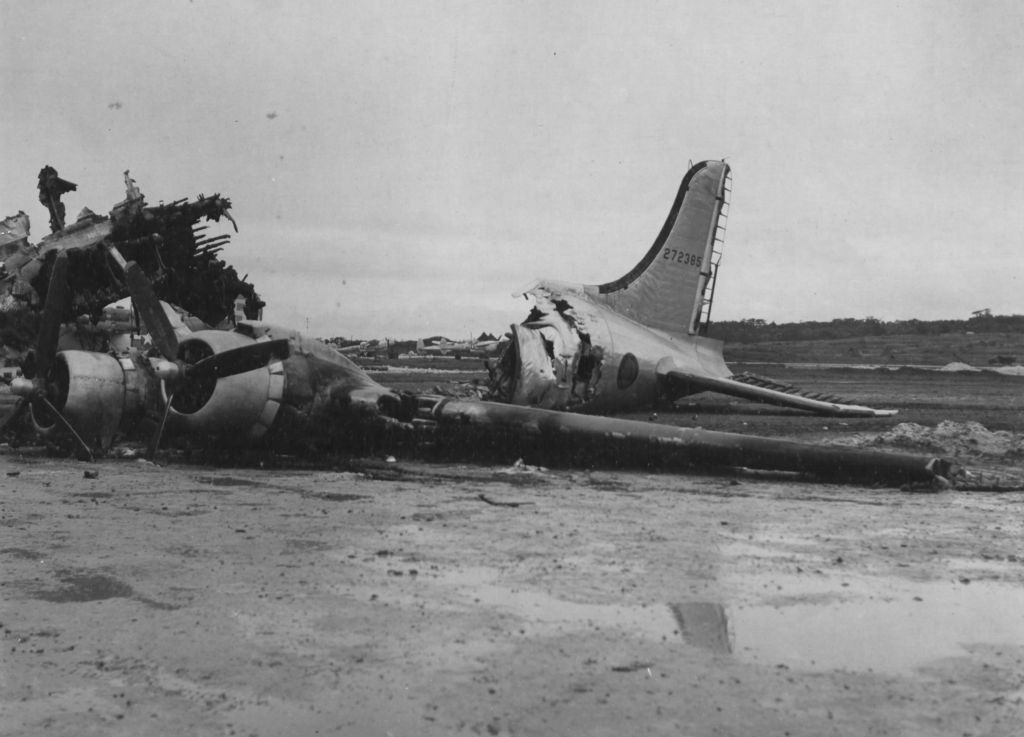
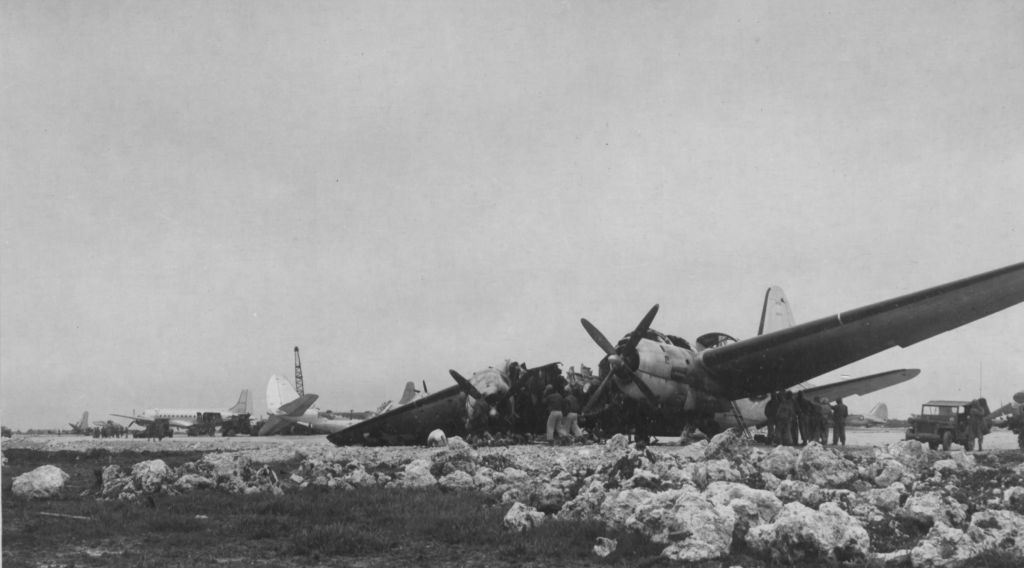
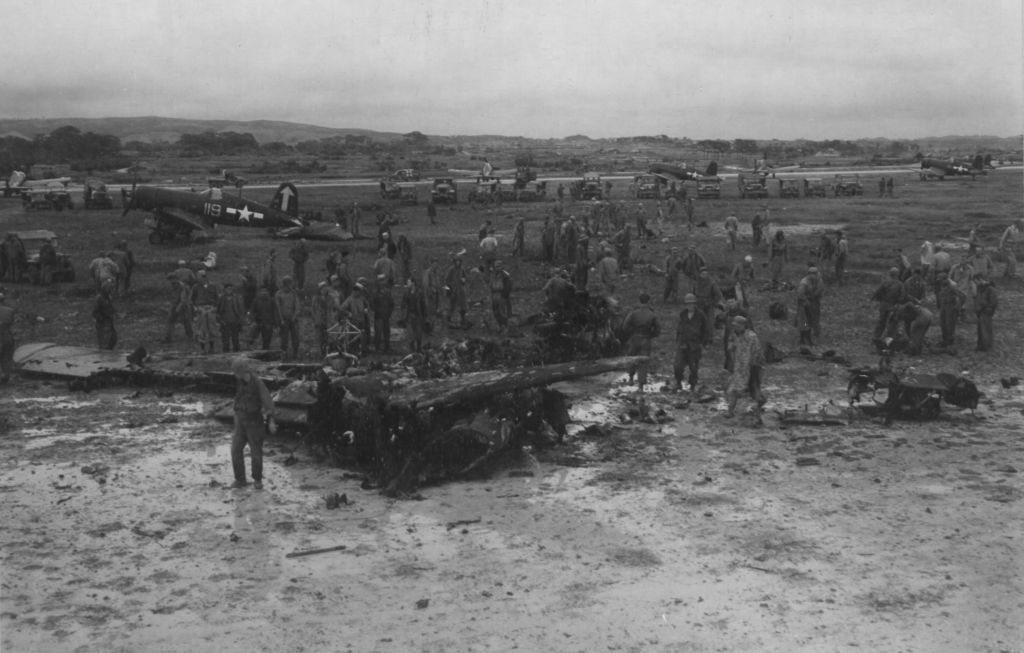
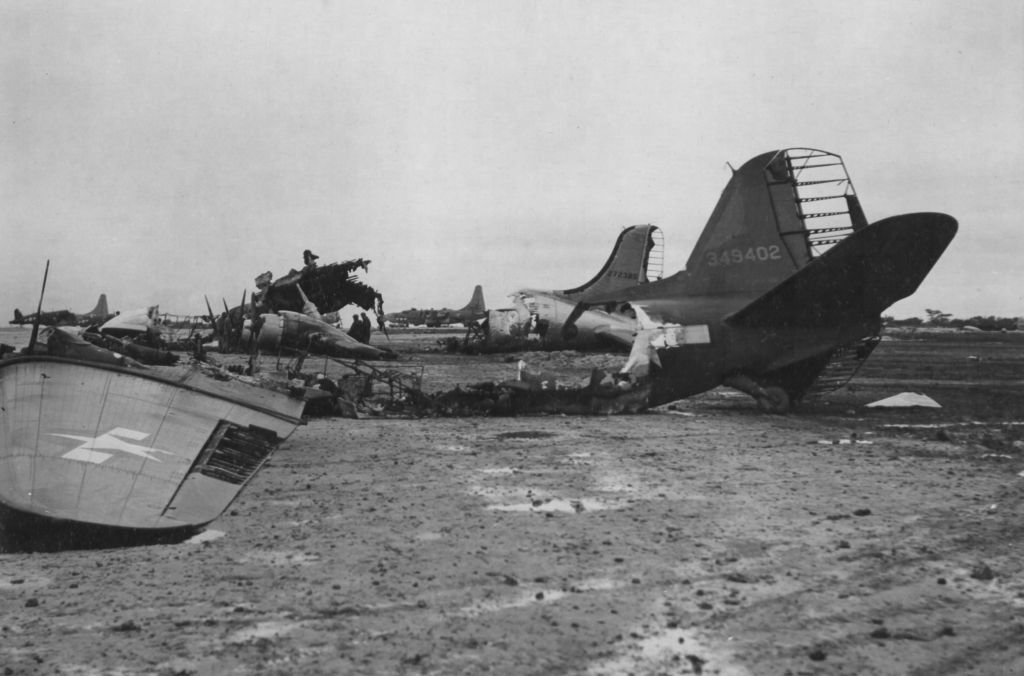

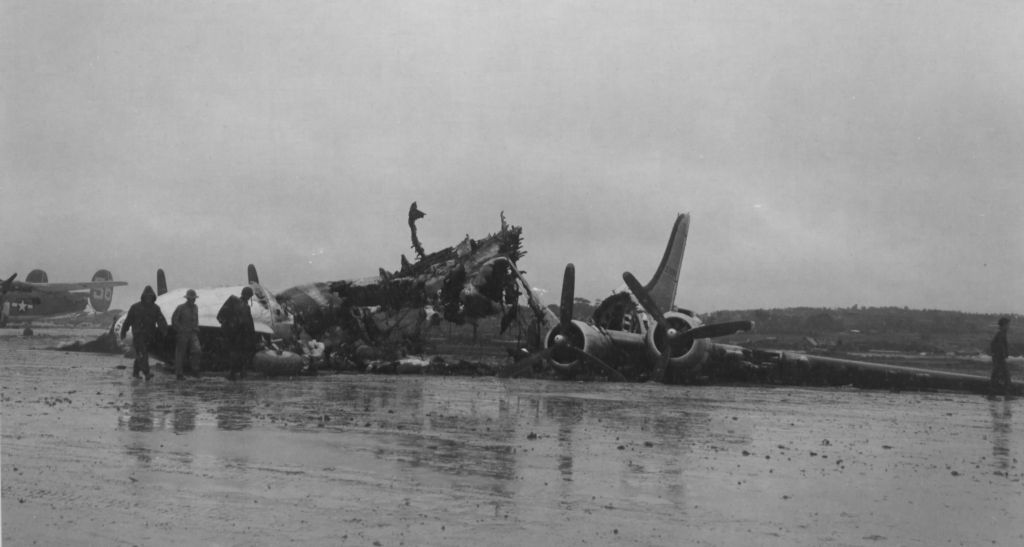

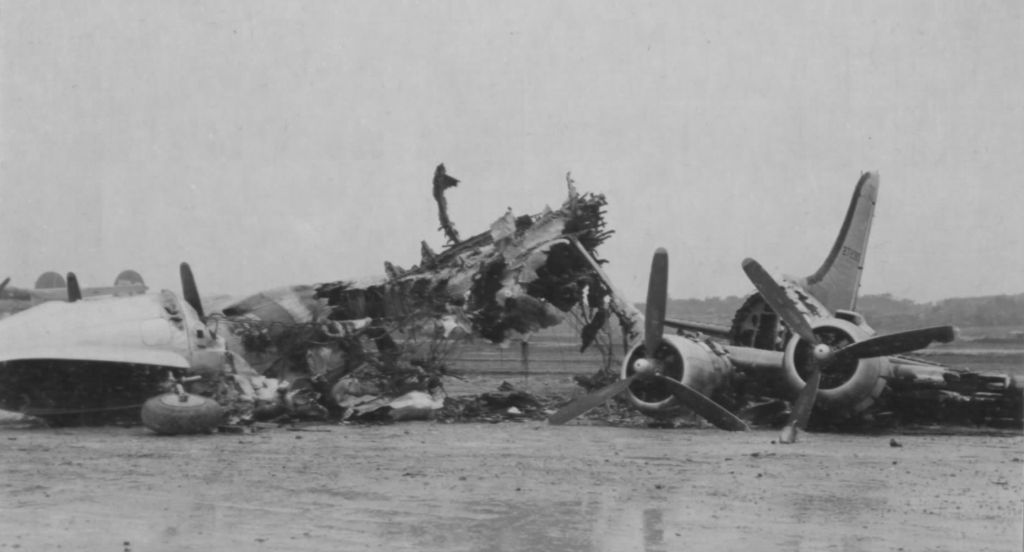
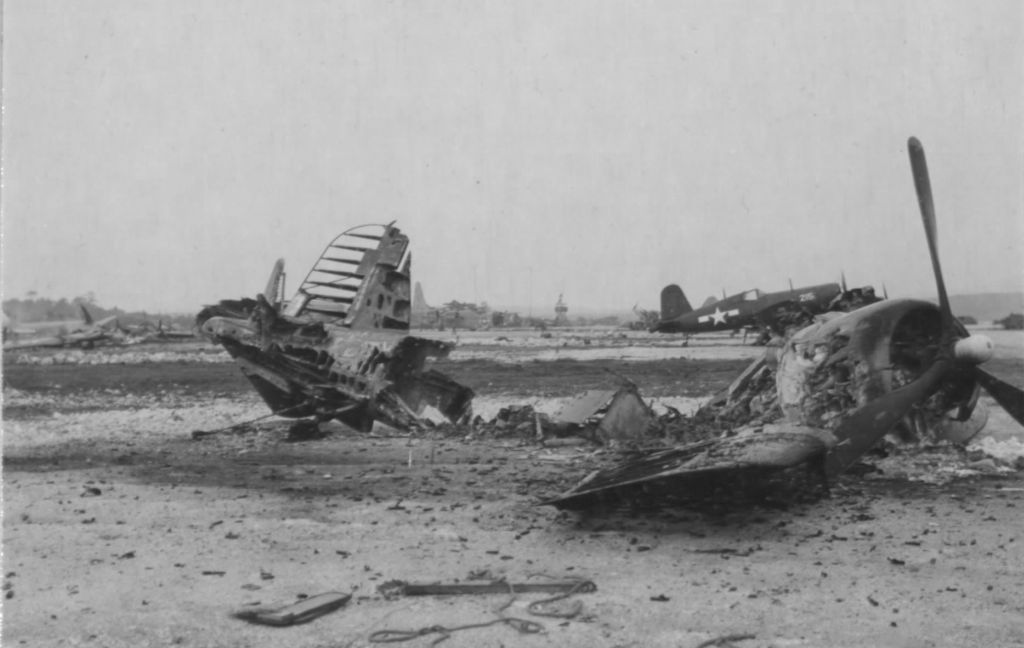
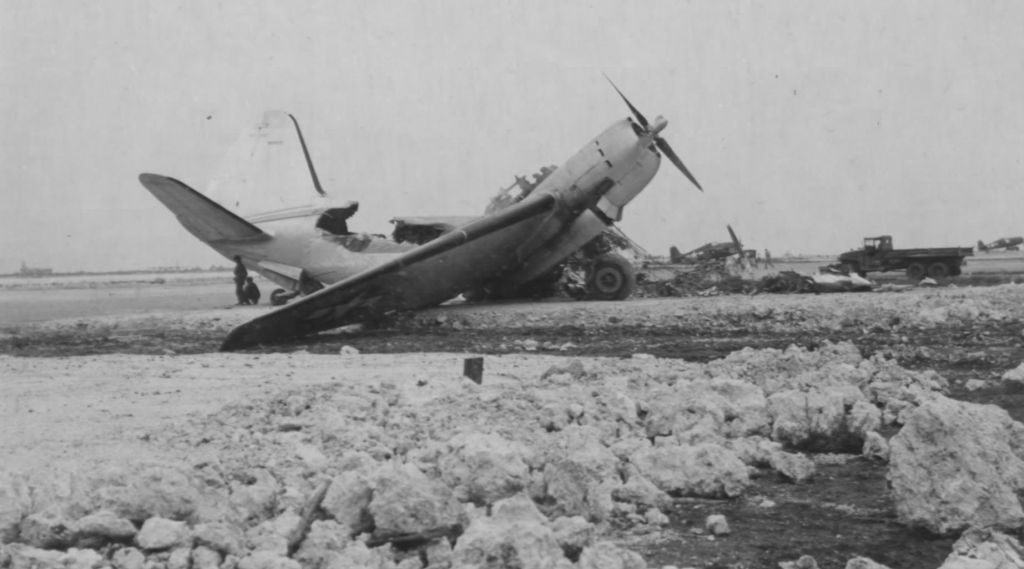
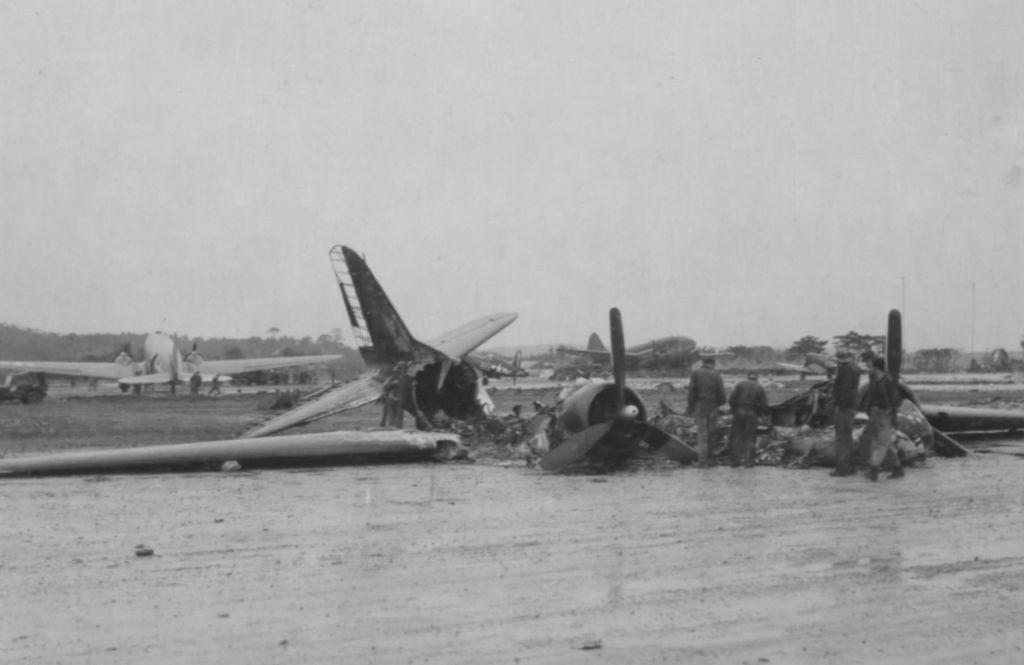
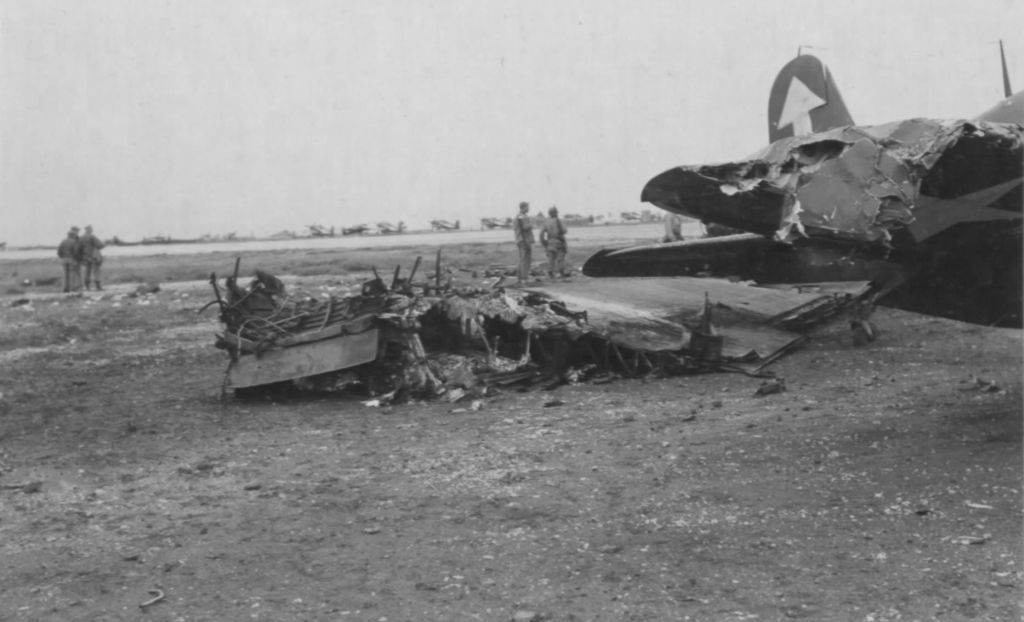
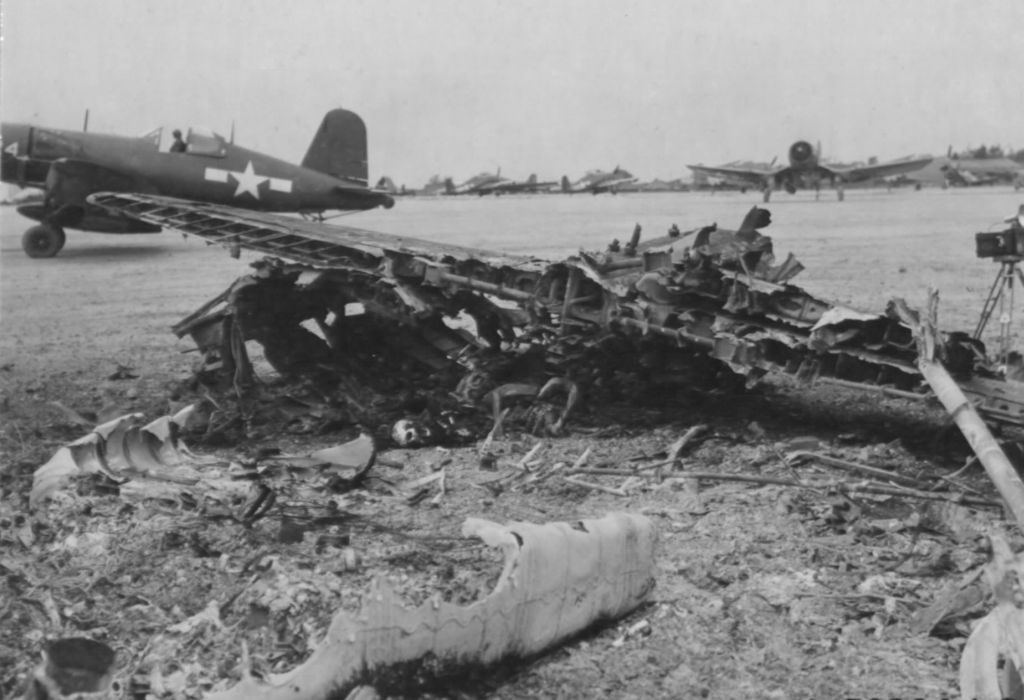
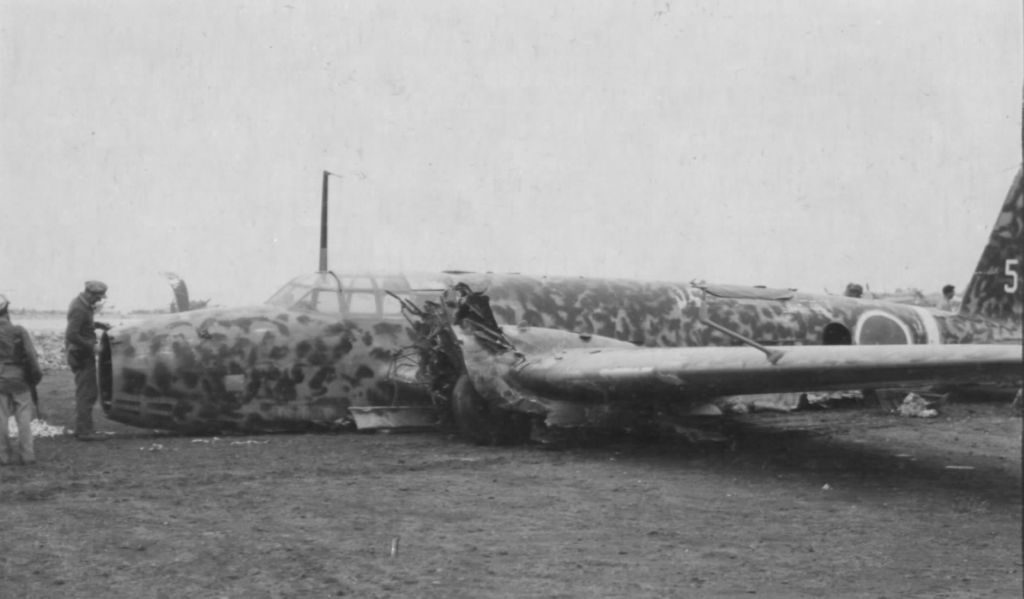

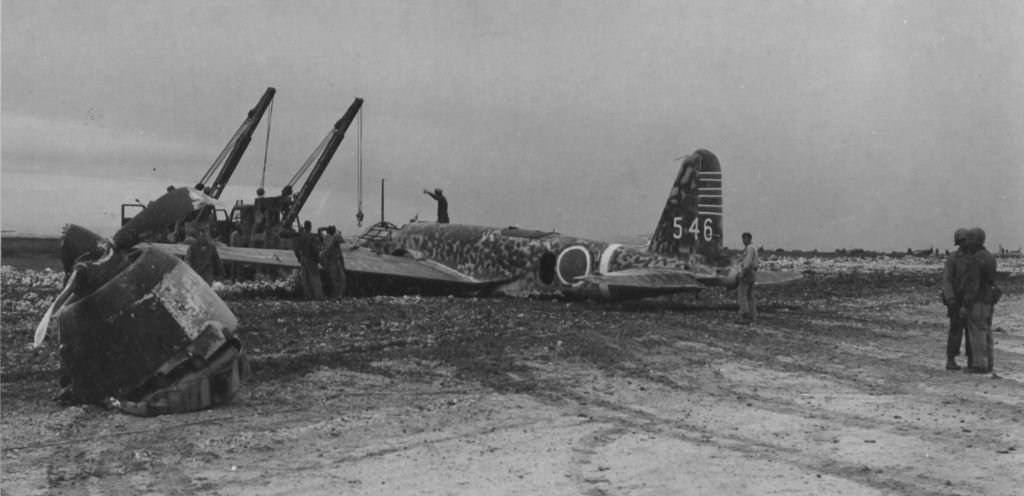

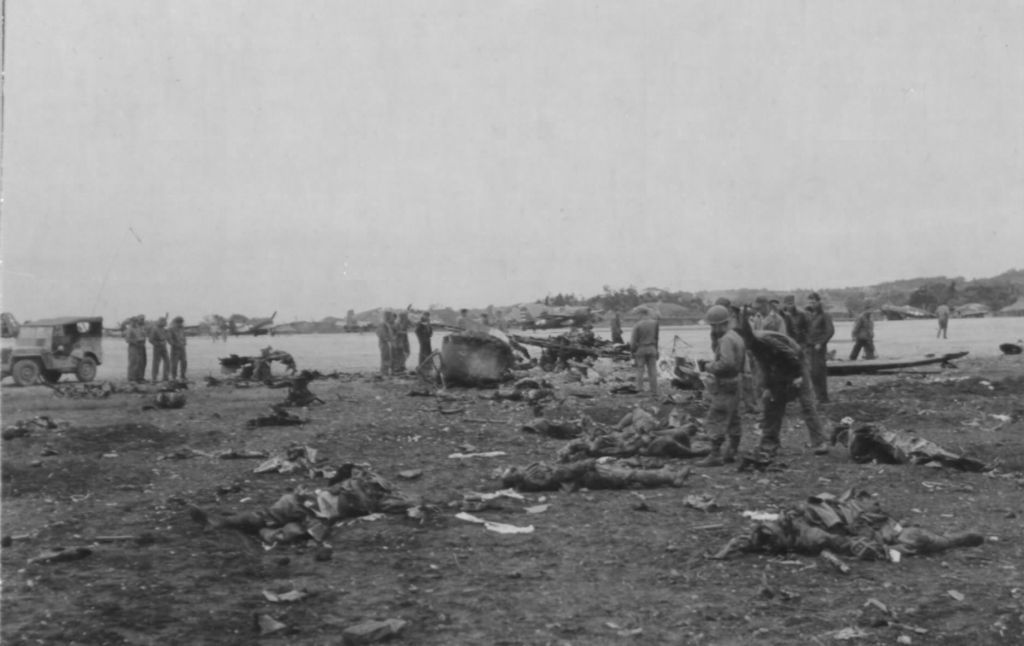
Regards Duggy -
 Main Adminpuh, the last picture is realy depressing
Main Adminpuh, the last picture is realy depressing
-
13 years ago
 Admincrazy pics dug ol'boy. macabre but fascinating at the same time. the stark reality of war is exposed here.
Admincrazy pics dug ol'boy. macabre but fascinating at the same time. the stark reality of war is exposed here.
Post a reply
- Go to Previous topic
- Go to Next topic
- Go to Welcome
- Go to Introduce Yourself
- Go to General Discussion
- Go to Screenshots, Images and Videos
- Go to Off topic
- Go to Works in Progress
- Go to Skinning Tips / Tutorials
- Go to Skin Requests
- Go to IJAAF Library
- Go to Luftwaffe Library
- Go to RAF Library
- Go to USAAF / USN Library
- Go to Misc Library
- Go to The Ops Room
- Go to Made in Germany
- Go to Campaigns and Missions
- Go to Works in Progress
- Go to Juri's Air-Raid Shelter
- Go to Campaigns and Missions
- Go to Works in Progress
- Go to Skinpacks
- Go to External Projects Discussion
- Go to Books & Resources
